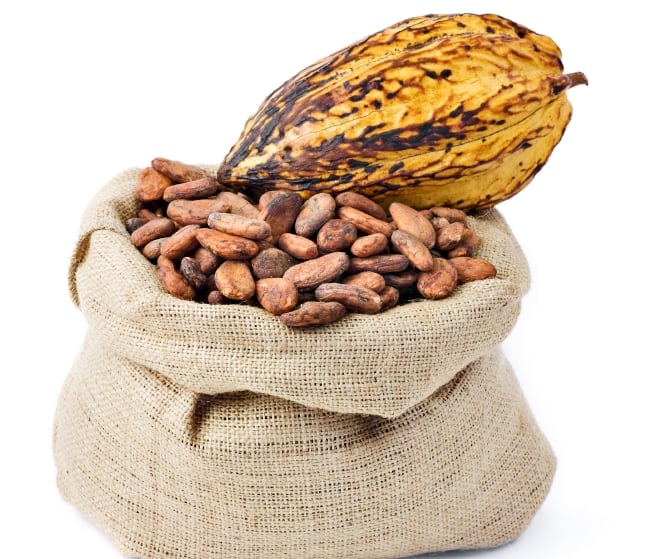Cocoa flavanols (CF) (and particularly epicatechin (EC)) are interesting in the context of T2DM because they protect blood vessels and help control chronic hyperglycaemia.
CF intake increases nitrite oxide (NO) bioavailability, enhances endothelial NO synthase, and reduces oxidative stress to promote vasodilation and prevent vascular dysfunction.
In vitro research suggests CF can improve endothelial function and blood pressure (BP), and studies have also identified a link between cocoa consumption and lower BP, cardiovascular and all-cause mortality, but specific responses in T2DM patients are unclear, say the authors of a new study.
“At this point, a practical guideline for dietary intake of cocoa cannot be formulated yet. A non-linear dose-response relationship of cocoa on flow-mediated dilation (FMD) has been established, but an ideal dose and the effectiveness in several patient populations remains a question.”
Weak evidence
An international team of experts used a “basic protocol” to evaluate the effect of a single high dose CF capsule on endothelial function, reductions in BP, and changes in muscle vasoreactivity in patients with T2DM, compared to non-diabetic controls.
The aim was to determine whether ambiguous clinical findings to date relate to the efficacity of CF or simply a lack of homogeneity in study methods and populations.
The authors comment that, so far, there is “weak evidence” to support mid to long-term CF ingestion in decreasing diastolic BP (DBP) and observed effects were limited to young, female, and hypertensive adults when CF was ingested in one daily batch. Other reports, on the association between CF and BP, are based on long‐term CF administration and it remains “unclear to what extent these effects can be extrapolated to single CF ingestion”, the report authors say.
Overall, there is “little, very heterogeneous research has produced inconsistent results,” they comment.
No significant changes
The vascular effects of cocoa flavanols (CF) on patients with T2DM (11) were analysed, but no significant changes were observed compared to the placebo.
A standardised protocol was followed for two days with capsule-type the only contrasting element. CF capsules contained 2.5g of cocoa extract with 790mg of flavanols and 149mg of EC, while the placebo comprised maltodextrin and an equivalent dose of theobromine and caffeine.
It has been suggested that theobromine increases EC and CF effects on vascular dilation, although the levels in both capsules (180 mg) were probably too low to exert synergistic effects with CF or EC, the authors say.
Decreased DBP was observed in the non-diabetic group, but the measurements were independent of CF and placebo capsule intake. Previous evidence suggested positive effects of CF were limited to participants with systolic blood pressure (SBP) and DBP of around 140/80mmHg, whereas in the current study blood pressure was lower in all cases.
The small sample size was presented as a possible explanation for the absence of CF effects. In addition, the study design, such as the single ‘acute’ CF dose, postprandial intake, CF source, and participant age (18 to 85 years) may have impacted study findings.
The researchers add: “It is unclear to what extent this might explain the differences from our study: although age impacts vascular compliance, and therewith perhaps direct post‐CF vascular reactivity.”
Paucity of effects
The absence of vascular improvement from CF consumption, even in the non-diabetic group, was unexpected given European Food Safety Authority (EFSA) health claims suggesting CF is effective at maintaining endothelium-dependent vasodilation at a daily dose of 200g.
Adjustments for all vasoactive components in CF are advised in future studies on vascular effects and the researchers recommend using purified CF instead of chocolate formulas.
They conclude: “Despite the paucity of effects of CF ingestion on peripheral micro‐ and macrovascular reactivity in our study, the congruent involvement of nitric oxide in both CF effects and the pathophysiology of vascular T2DM complications makes us reluctant to dismiss these cheap and easily accessible compounds as valuable nutraceuticals.”
Source: Nutrients
Published online: https://doi.org/10.3390/nu14132692
‘Acute Effects of Cocoa Flavanols on Blood Pressure and Peripheral Vascular Reactivity in Type 2 Diabetes Mellitus and Essential Hypertension’
Anouk Tanghe et al.




